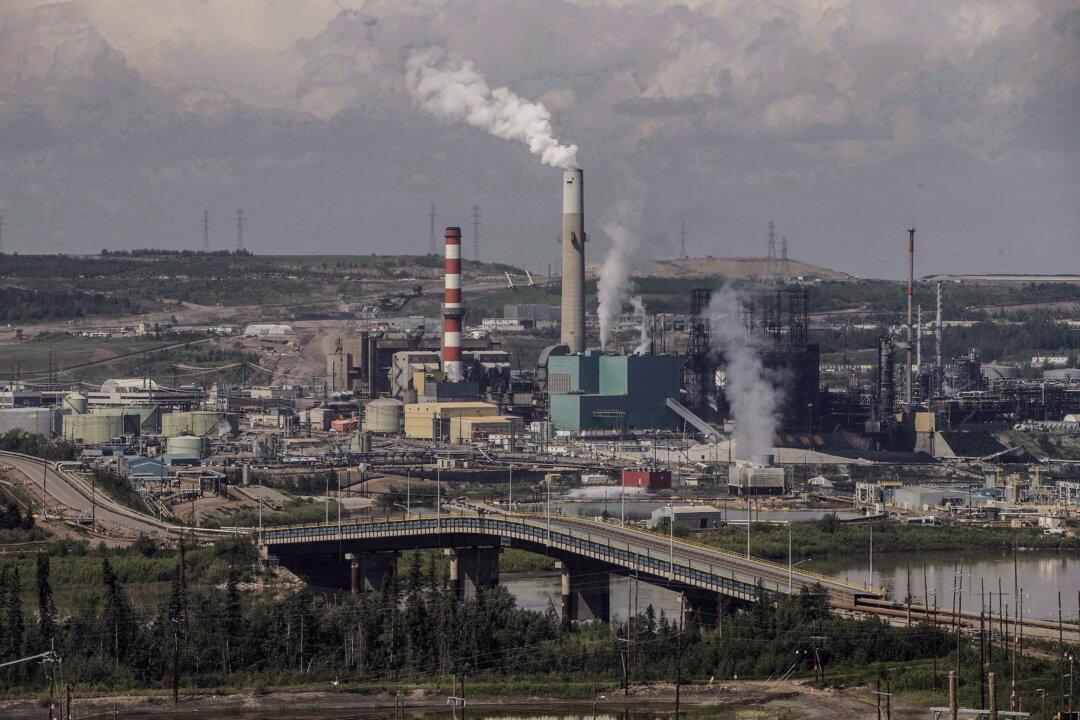NEWS ANALYSIS
Canada’s oilsands are being walloped by a perfect storm of self-inflicted wounds but also a powerful smear campaign that conspires to prevent badly needed pipelines from being built.Canadian oil prices have fallen over 50 percent this year, in stark contrast with the U.S. benchmark price, which is only 10 percent lower in 2018. Canada has an oil glut and nowhere to go with it—other than south of the border—due to the lack of pipelines.





